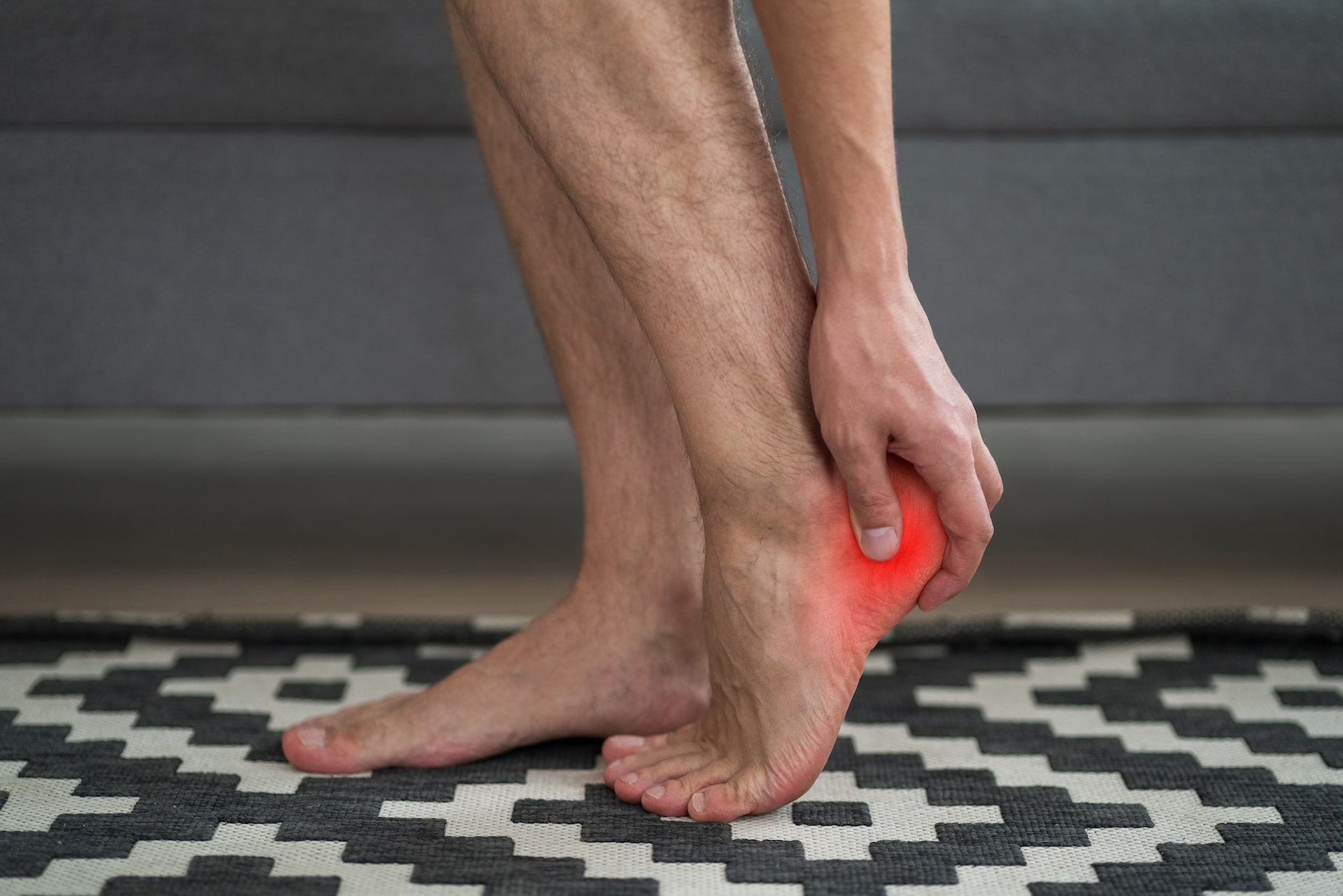Indications for therapeutic hosiery
There are a number of reasons why compression stockings or therapeutic hosiery might be recommended. The most common are peripheral edema, diabetes, and peripheral vascular disease (PVD). Patients with these conditions, among others, are at increased risk of lower extremity complications that range from minor to quite serious. Those with minor complaints may soon find that their particular problems quickly accelerate to much more serious conditions that require more invasive interventions if left untreated. While therapeutic hosiery may not cure a patient’s condition, it may slow or halt its progress and reduce the risk of future complications.
Therapeutic hosiery may help reduce muscle fatigue, control swelling and fluid accumulation, and help prevent or heal diabetic ulcers. When properly fitted, they may also reduce friction against the skin, thus reducing friction injuries or skin shear injuries. In patients suffering from venous insufficiency — poor flow of the blood through the veins — compression stockings may also help increase or support blood flow.
Important properties to consider when selecting therapeutic hosiery
When selecting therapeutic hosiery, you have many brands and styles to chose from. However, although they are marketed as a health product, it is important to recognize that compression stockings aren’t actually controlled by the Food and Drug Administration (FDA) the way medications and many other products are. Packaging claims may be misleading or confusing, and as a result, your podiatrist is your best guide when it comes to selecting the right product for your particular needs. Your podiatrist is best equipped to suggest brands, styles, fabrics, or amounts of compression for your individual health concerns, as well as offering guidance on when and how to use your compression stockings.
In addition to following your podiatrist’s recommendations, it may also be beneficial to pay attention to special properties, fit, and design when selecting compression socks or therapeutic hosiery.
Moisture, oxygenation, and antibacterial properties
Moisture control is a critical component when considering any type of sock or hosiery, as fabrics that do not allow for wicking trap moisture against the skin — increasing the likelihood of developing bacterial or fungal infections which may then result in ulcerations and other skin conditions. Moisture also increases friction, which may cause skin breakdown over time. Trapped moisture may also inhibit the availability of oxygen at the skin’s surface — a particular concern for diabetic patients. Fabrics containing Microban® or Holofiber® have shown significant promise in controlling moisture while allowing for oxygen availability at the skin’s surface. The best fabrics for controlling moisture, regardless of special components like Microban® or Holofiber®, are synthetic.
Fit
Traditionally socks and many brands and types of therapeutic hosiery are sized not to actual foot size like shoes, but rather to a range of sizes. Often they are designed to encompass a range of up to four sizes but without making accommodations for differences in foot width or diameter. This limits the ability to find a properly fitting sock and may cause patients with larger feet or increased swelling to feel that their feet are too tightly bound while a person with a smaller foot may find that the hosiery bunches up or isn’t tight enough. Either way, the result is discomfort and loss of therapeutic value. When looking for therapeutic hosiery, seek out brands that offer at least four size options for both men and women, offering the highest likelihood of finding hosiery that fits properly.
Design
When looking at the design of your therapeutic hosiery or compression socks, opt for styles containing Lycra® or Spandex®, as these often offer a fit that conforms to the foot while providing compression and are more likely to keep their shape and stay in place. Additionally, look for styles without toe seams, which may irritate the skin at the forefoot.
If you are experiencing swelling of the lower legs, lower leg or foot sores, have PVD or diabetes, or have any other lower leg or foot concerns, be sure to schedule an appointment today with your podiatrist at Kansas City Foot Specialists. Call us today at (913) 338-4440 to schedule your appointment and to learn more about your therapeutic hosiery options.
Source:
http://www.podiatrytoday.com/questions-and-answers-compression-lower-extremity-edema



